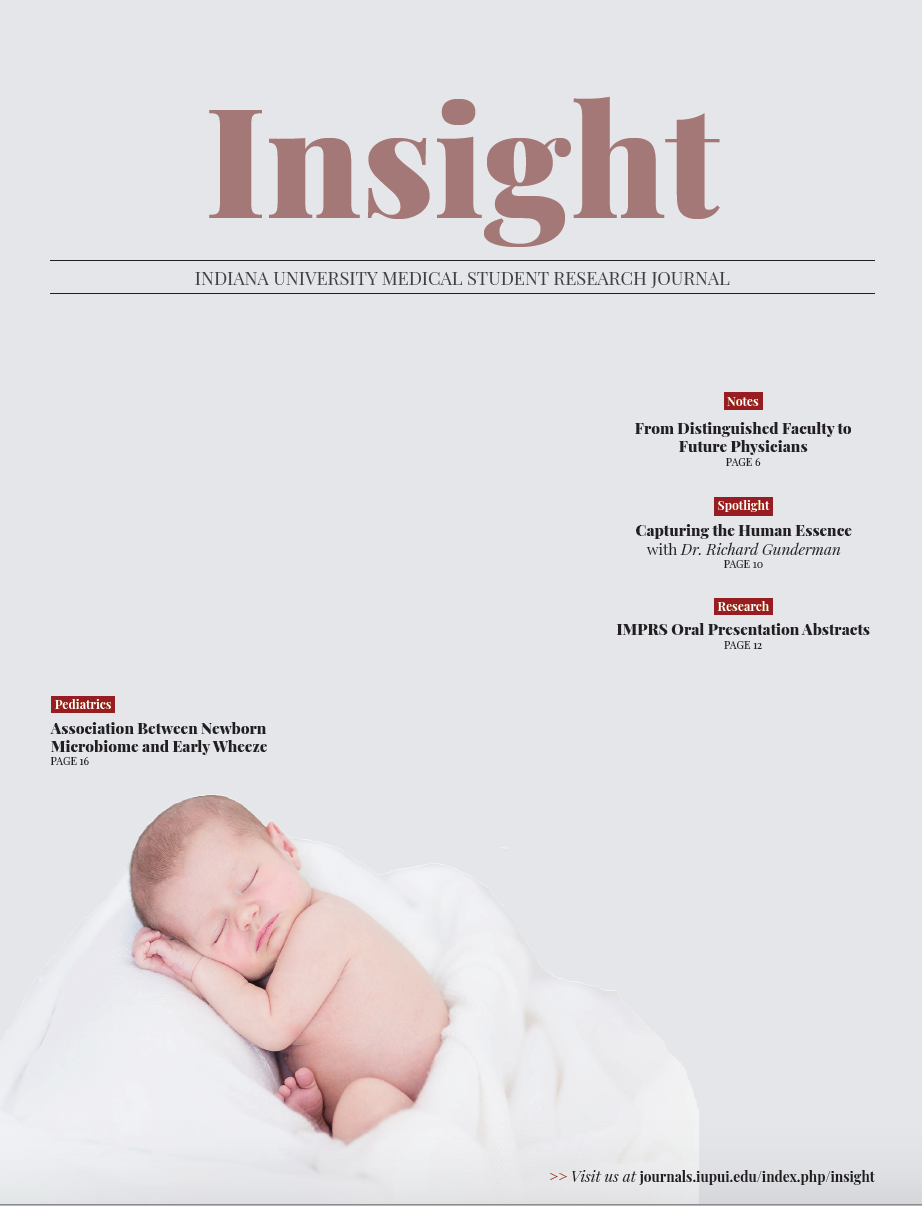Scaffold-free 3D-Bioprinting (3DBP) of A Porcine Liver Model
Abstract
Introduction: Xenotransplantation (XTx) could be the solution to the lack of transplantable organs. Recently, great progress has been made in XTx research and there are currently >26 different genetically-engineered (GE) pigs. The most complex GE pig contains six different gene knock-outs or -ins. However, no researcher knows what would be the best genetic combination for XTx. The production of GE pigs is very expensive and would be quite time consuming for each genetic combination. Capitalizing on a new 3D bioprinting technology, we propose to use GE cells to generate a scaffold-free 3D pig liver tissue constructs, which can be used to study human immunological and coagulative responses in a time and cost-effective way.
Methods: A step-wise model for 3DBP was developed which included (i) determination of optimal size of spheroids, (ii) determination of optimal time of spheroid formation and stability, (iii) designing and printing of the most suitable 3D structure, and (iv) determination of viability of the 3D-bioprinted structure. The optimization of 3DBP was also based on (i) porcine hepatocyte isolation; (ii) cell aggregate (spheroid) diameter, roundness, smoothness, durability, stability, and viability; (iii) the ratio and combination of different cell types; (iv) and the assembly (printing) of tissue constructs using spheroids.
Results: Using a combination of porcine fetal fibroblasts and liver derived cells (LDCs, CD31+) (10:1 ratio), 450- 500μm diameter spheroids were generated after 2-3 days of plating and successfully used to print 3 preliminary constructs (Fig.1). These 2 cell-type 3D-bioprinted constructs were later tested for their viability/structure after 1, 2, and 3 weeks of printing (Fig.1). Next, a combination of fibroblasts, hepatocytes, and LDCs (2:1:0.1 ratio) formed spheroids 5 days after plating and were then used to print our first 3 cell-type construct. Most of the spheroids remained intact in this 3 cell-type constructs. After incubation for an additional 5 days, this 3-cell construct fused and formed a stable 3D structure. Histology (H&E staining) shows promising results.
Conclusion: We have successfully printed a scaffold-free 3D Bioprinted Porcine Liver Model containing hepatocytes, liver derived endothelial cells, and fibroblasts. Further cell ratio optimization is required to produce functional spheroids capable of forming a more stable construct in the future. Using CRISPR-Cas9 technology, desired GE pig cells will be printed for future constructs which will allow us to explore the immunogenic and coagulative properties of pig tissues in the human body.
Downloads
Published
Issue
Section
License
Copyright to works published in Insight is retained by the author(s).

